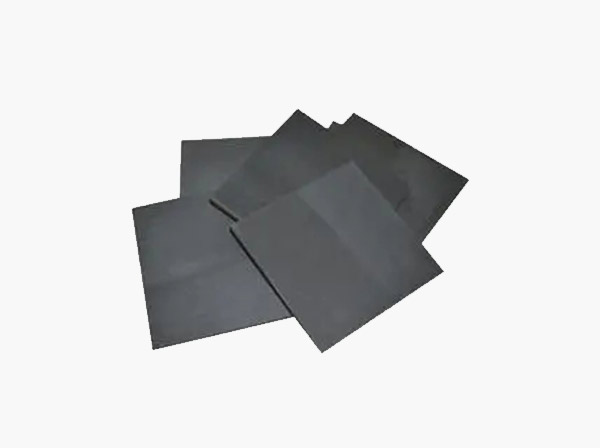In order to avoid the graphite crucible from collision and falling during the use, the following steps and principles can be followed: Placement and Movement…
Graphite crucible can keep stable chemical properties at high temperature mainly thanks to the following properties:
High-Temperature Resistant Performance
Graphite crucible is a very high-temperature resistant material, which can maintain its original shape and structure at high temperature. It can withstand temperatures as high as 2000℃ or even more than 3000℃, which makes the graphite crucible maintain stable chemical properties in various high-temperature smelting and melting processes.
High Refractoriness
Graphite crucible has extremely high refractoriness and can withstand chemical corrosion and physical damage at high temperature. Under high temperature environment, graphite crucible can resist the erosion of chemical reactions such as oxidation, reduction and acid-base, so as to keep its stable chemical properties.
Good Chemical Stability
Graphite crucible has good chemical stability to most acids, alkalis and salts and is not easy to be corroded. This makes the graphite crucible can keep its original structure and performance under high temperature, and will not deteriorate or fail due to chemical reaction.
Excellent Thermal Conductivity
Graphite crucible has excellent thermal conductivity, which can quickly transfer heat to the material and improve the melting efficiency. This excellent thermal conductivity enables the graphite crucible to maintain uniform temperature distribution at high temperatures, avoiding chemical instability caused by localized overheating or overcooling.
Low Coefficient of Thermal Expansion
Graphite crucibles have a low coefficient of thermal expansion during the heating process, which reduces the risk of deformation and breakage caused by temperature changes. This ensures that graphite crucibles maintain stable chemical properties at high temperatures.
In addition, the main raw material of graphite crucible is crystalline natural graphite, which maintains the original physical and chemical properties of natural graphite, such as good thermal conductivity and high temperature resistance. These properties make the graphite crucible able to maintain stable chemical properties at high temperatures.
However, it should be noted that graphite crucible starts to oxidize under oxidizing atmosphere at temperature more than 400℃, and the oxidation speed is accelerated above 800℃. Therefore, when used in the high-temperature section, measures need to be taken to isolate oxygen and graphite to block the reaction between graphite and oxygen at high temperatures, so as to protect the integrity and chemical stability of graphite crucibles.









